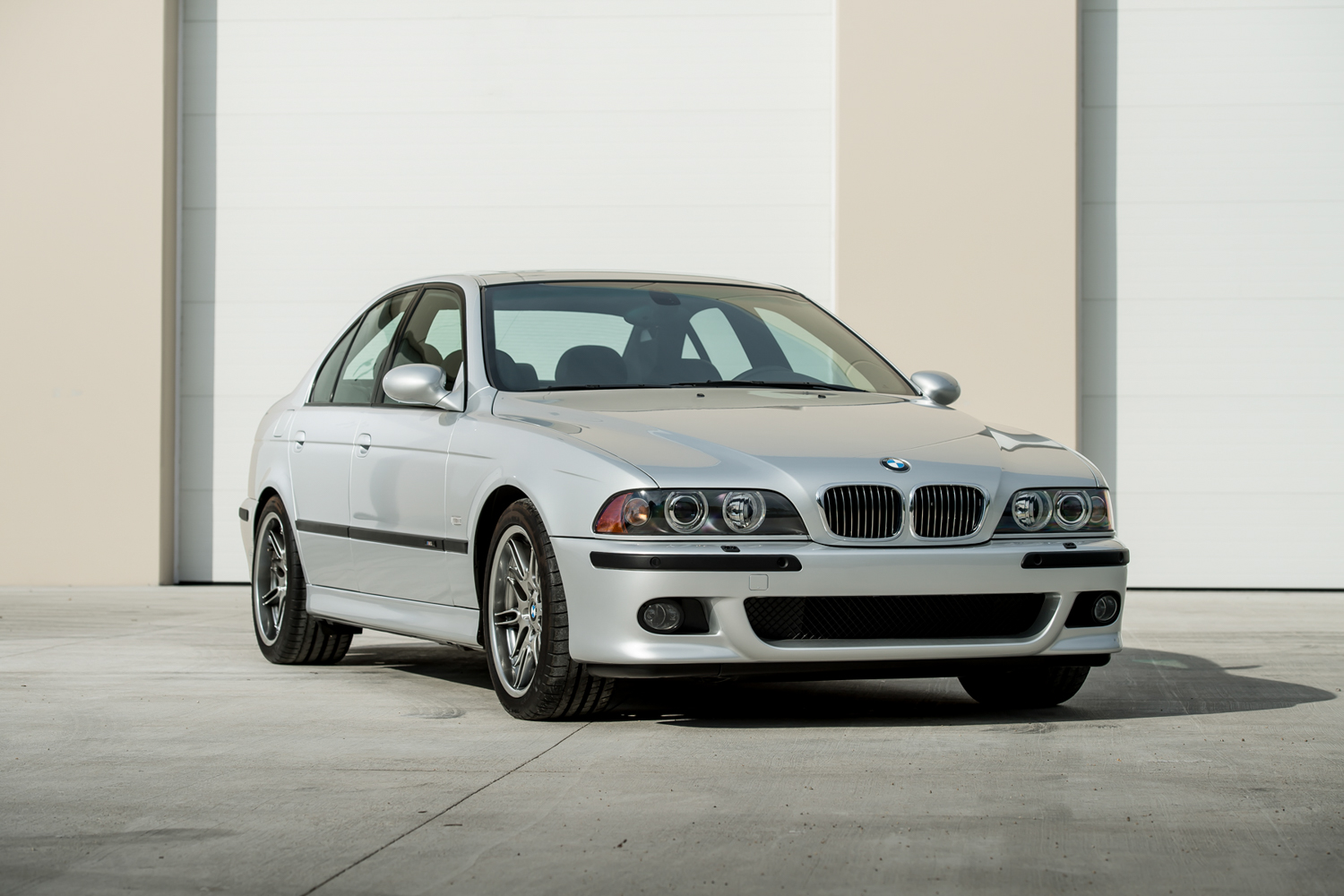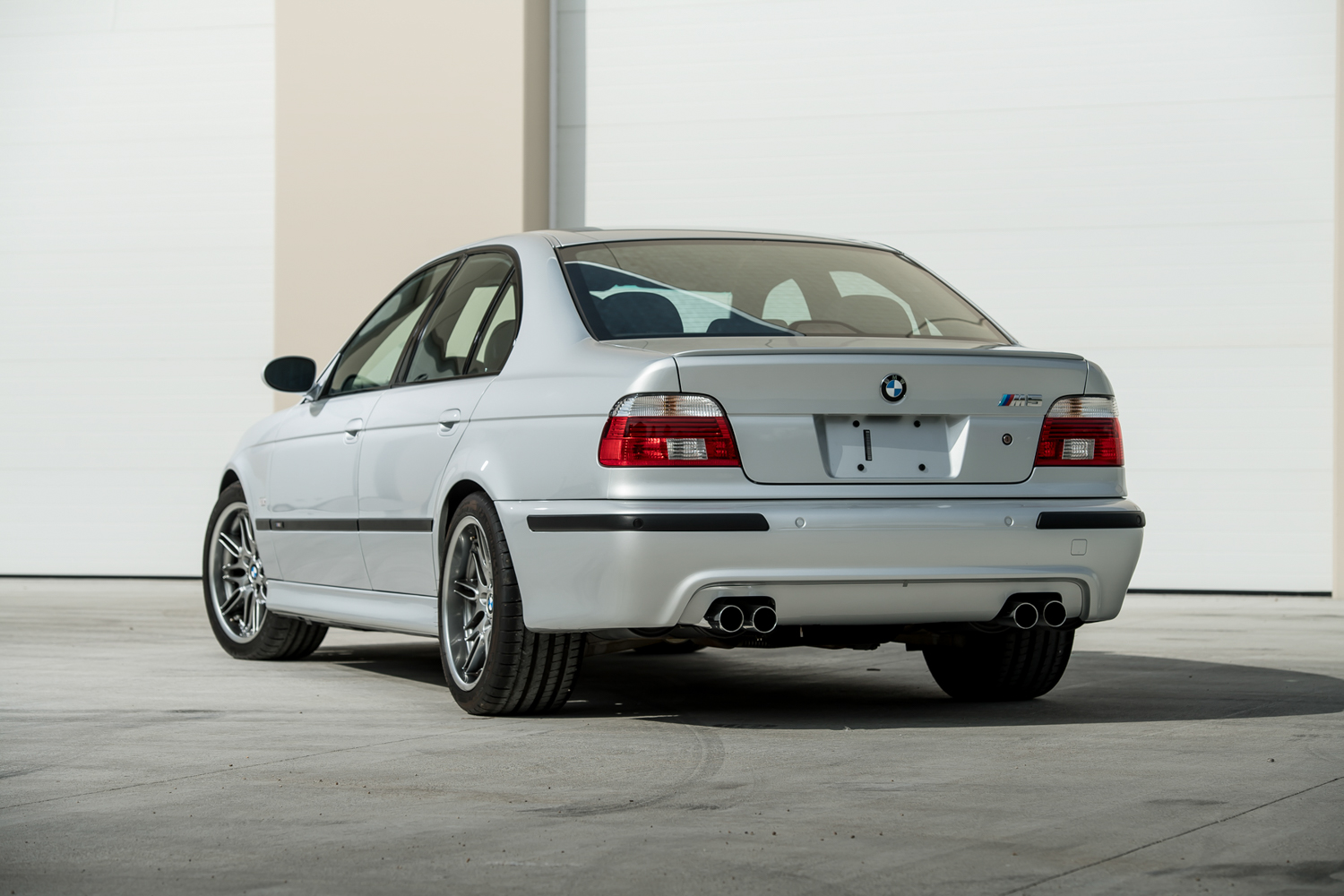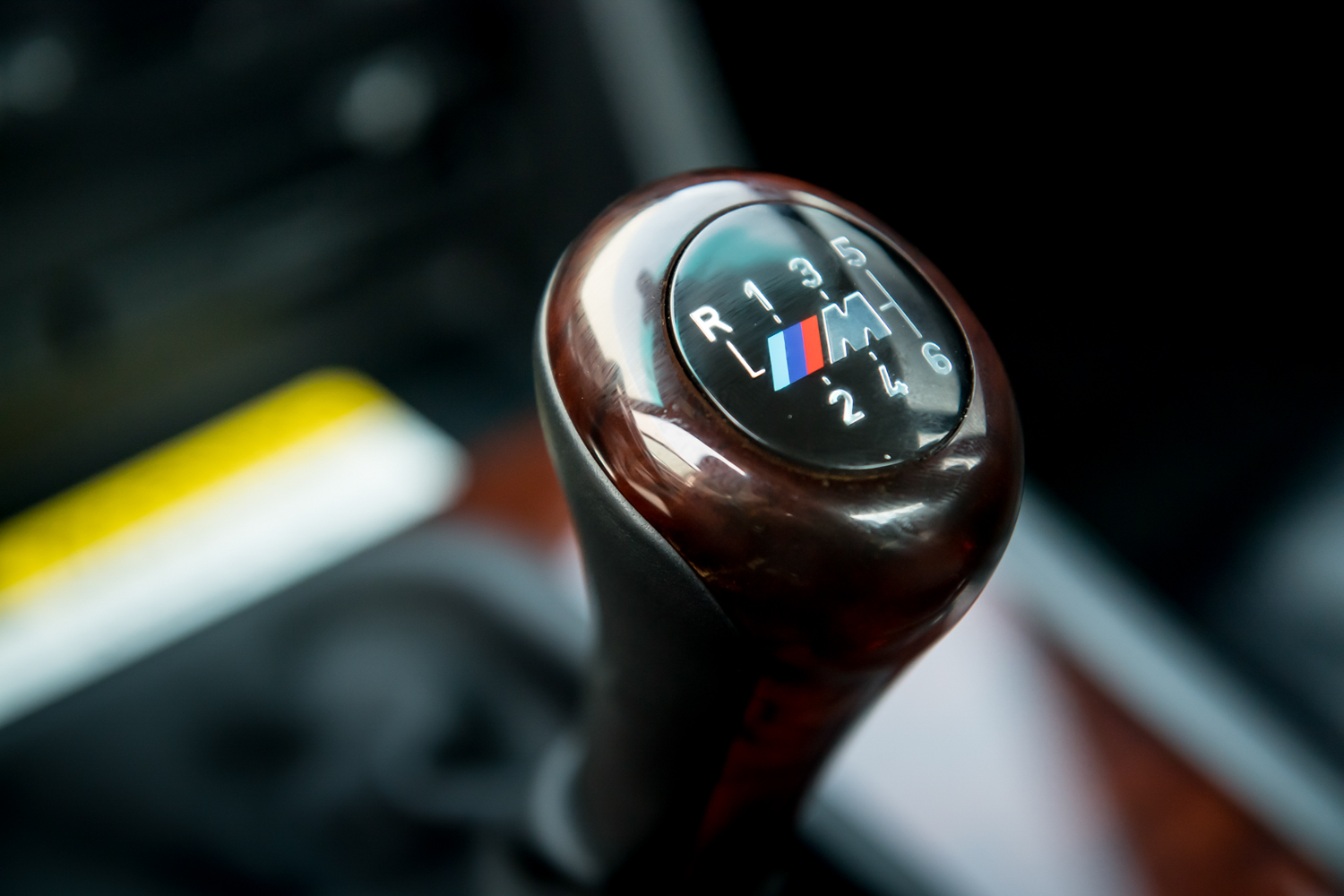Media | Articles
The E39 M5 was peak BMW, so grab it while you can
When people talk about the golden age of BMW in the late 1990s and early 2000s, there are a few cars that come to mind. The funky, clown-shoe-looking M Coupe was lively, ferocious, and just the right amount of weird. The E46-generation M3 was fast, stylish, and perfectly balanced. But, as Christoph Waltz says in Inglorious Basterds, “Don’t forget the cream.” And in this case, the crème de la crème of early 2000s BMW offerings is the E39-generation M5.
Not only is this raucous-sounding, smooth-riding, timelessly elegant M5 perhaps the seminal executive sport sedan of the early 20th century, it was also popular. BMW made more E39 M5s than the prior two iterations of the M5 combined. That means there are plenty of examples out there to be enjoyed. And now that it’s been nearly 20 years since the first E39 M5s hit the streets in 1999, high-quality, well-preserved survivors are fetching big money.
The M5 is no secret among car enthusiasts (and is arguably a mainstay listing over at online sales sites like Bring a Trailer), but 2018 was the year that this autobahn-burner turned the corner as a car to be taken seriously at public auction. And now that elite, collector-grade examples are commanding high prices, values for even your average E39 M5 might soon be following suit.
How the E39 M5 became a Munich mic-drop
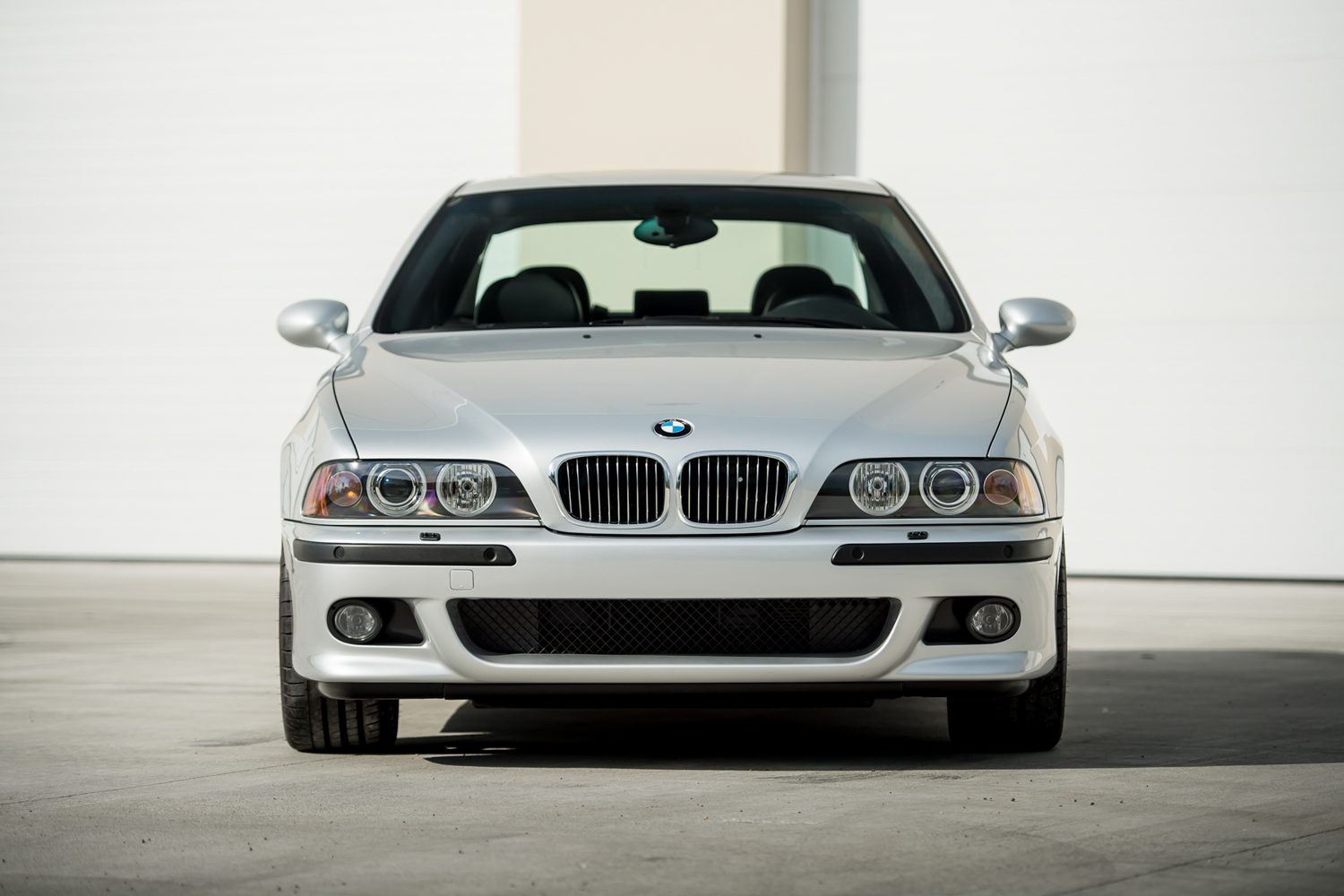
The E39 M5 arrived in 1999 for the 2000 model year, marking the first V-8 engine to be used in an M production car. And what an engine it is. The 4.9-liter naturally aspirated V-8—internally referred to as the S62—makes 394 hp at 6600 rpm and 369 lb-ft of torque at 3800 rpm. It is a righteous screamer of an engine right up to its 7000-rpm redline, and it could haul the stately German sled from 0-60 mph in under 5 seconds. With its variable valve timing for both the intake and exhaust cams, as well as individual throttle bodies for its octet of cylinders, this is among the finest engines ever to leave Munich’s hallowed halls.
Marketplace
Buy and sell classics with confidence
But the M5 isn’t just all ate up with motor. The only transmission available was a six-speed manual—a beefed-up version of the unit found in the BMW 540i. Even today the chassis feels stout and athletic, despite a touch of body roll. The interior is handsome, purposeful, and assembled with high-quality leather, wood, and plastic. The seats hug your love handles with firm, reassuring support. In 2000, Car and Driver called it “the most desirable sedan in the world.”
Simply put, this was the elite-level sport sedan on planet Earth from 2000-2003. The Mercedes E55 AMG was admittedly a mean hot-rod, but it didn’t have the refinement of the M5. And the Audi RS6 was indeed a force to be reckoned with, but it was hampered by comparatively heavy curb weight (and much lower production volume).
Running changes
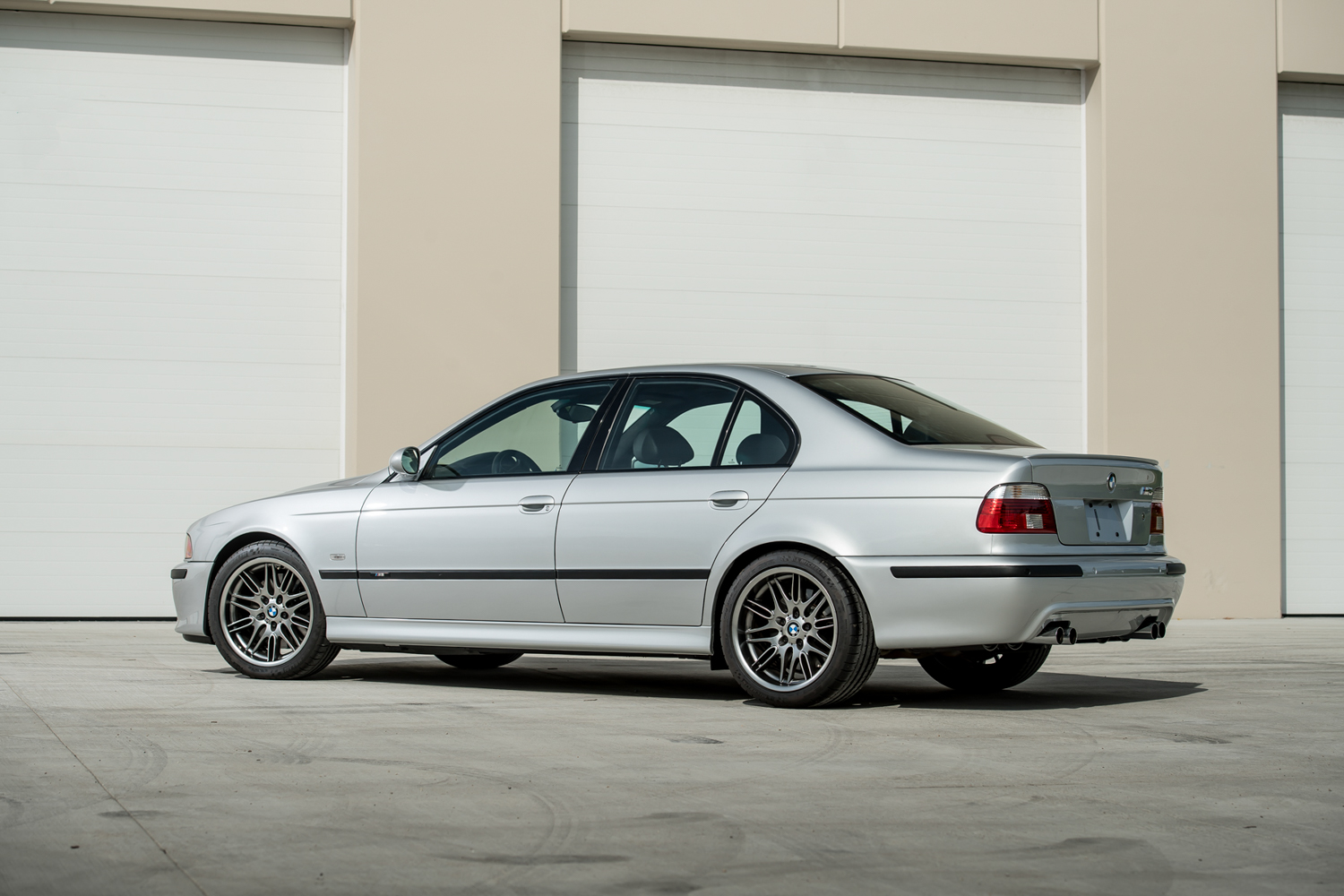
All that said, early examples of the E39 M5 are not without certain, ahem, imperfections, that BMW took the liberty of fixing along the way.
For starters, prior to November 1999, the S62 V-8’s variable valve timing (VANOS) system lacked a screw in the solenoid cover which could lead to nasty vibrations and possible damage to the solenoid. In 2000, for most 2001 model-year examples, BMW fixed the issues by adding a shutoff valve for the VANOS accumulator, preventing oil from leaving the system and ultimately reducing noise at startup. Also in 2000, BMW fitted different piston rings to reduce oil consumption, while also switching the recommended oil to from Castrol 5W30 weight to 10W60.


This M5 is also famous for carbon build up in the engine, specifically in the oxygen passages for the secondary air injection. So in September of 2000, affecting the 2001 model year and on, BMW widened the passages to allow faster warming of its catalytic converters and leaner running at start-up. Finally, 2002 M5s got a less noisy diaphragm spring in the pressure plate.
Unfortunately, an issue with the M5 in general is the timing chain. The chain’s tensioner guides are made of plastic which—much like BMW’s famously brittle plastic cooling components—can wear out and break with age and use. If this happens to your M5, the timing chain can jump a sprocket and things just get worse from there.
Later is better
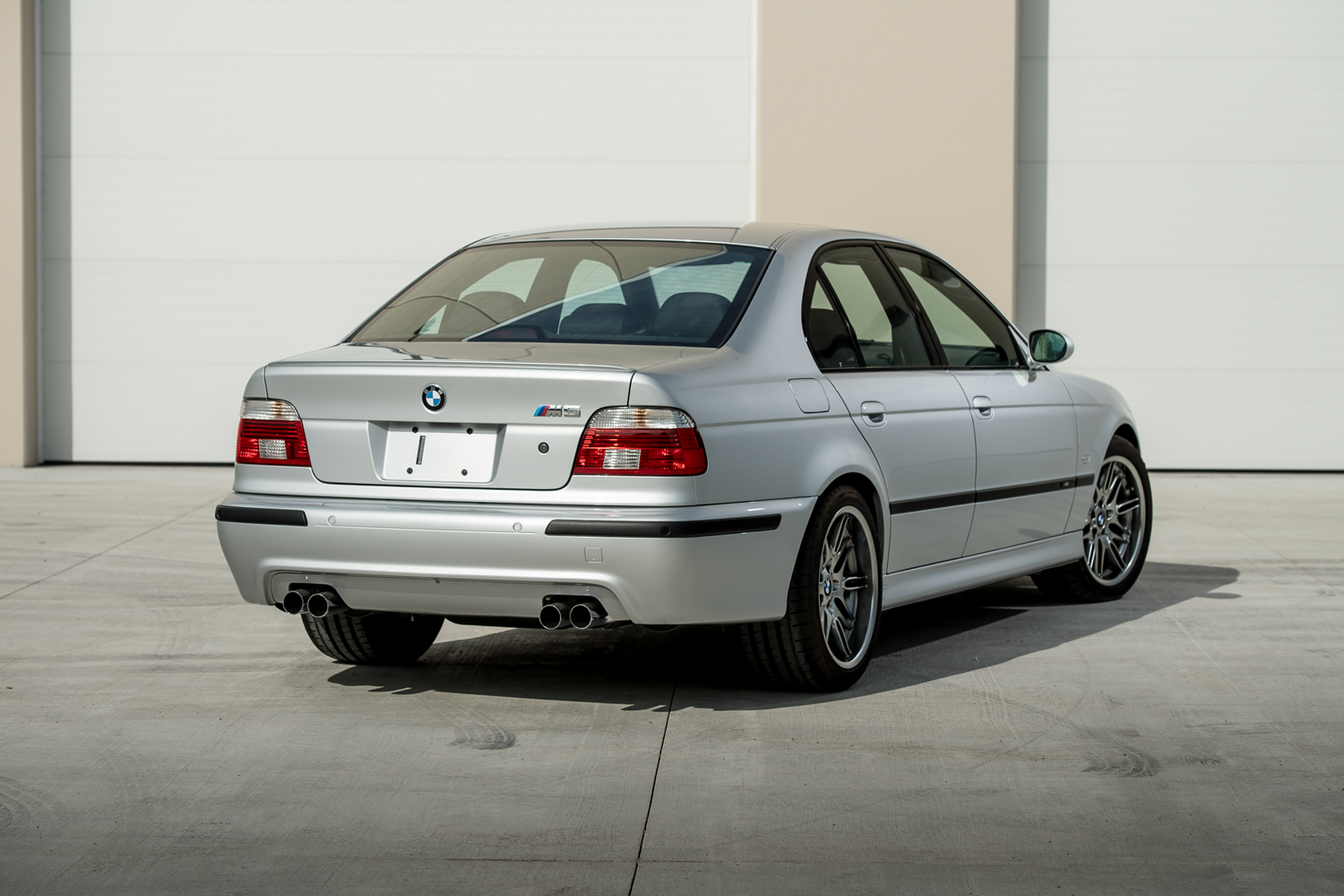
Because of the continual improvements BMW made, as well as few niceties added for the 2001 model year, the last three years of production are more desirable than the first model year, 2000, which was the best-seller. The mid-cycle refresh to the 5 Series for 2001 added angel-eye headlights, updated taillights, a thicker three-spoke M steering wheel, a gray instrument cluster, and an improved navigation and media system.
Right around 10,000 examples were sold in the U.S. market in total, or almost half of total production. Titanium Silver and Carbon Black were far and away the most popular colors, followed by regular Black, and LeMans Blue.
E39 BMW M5 prices are on the rise
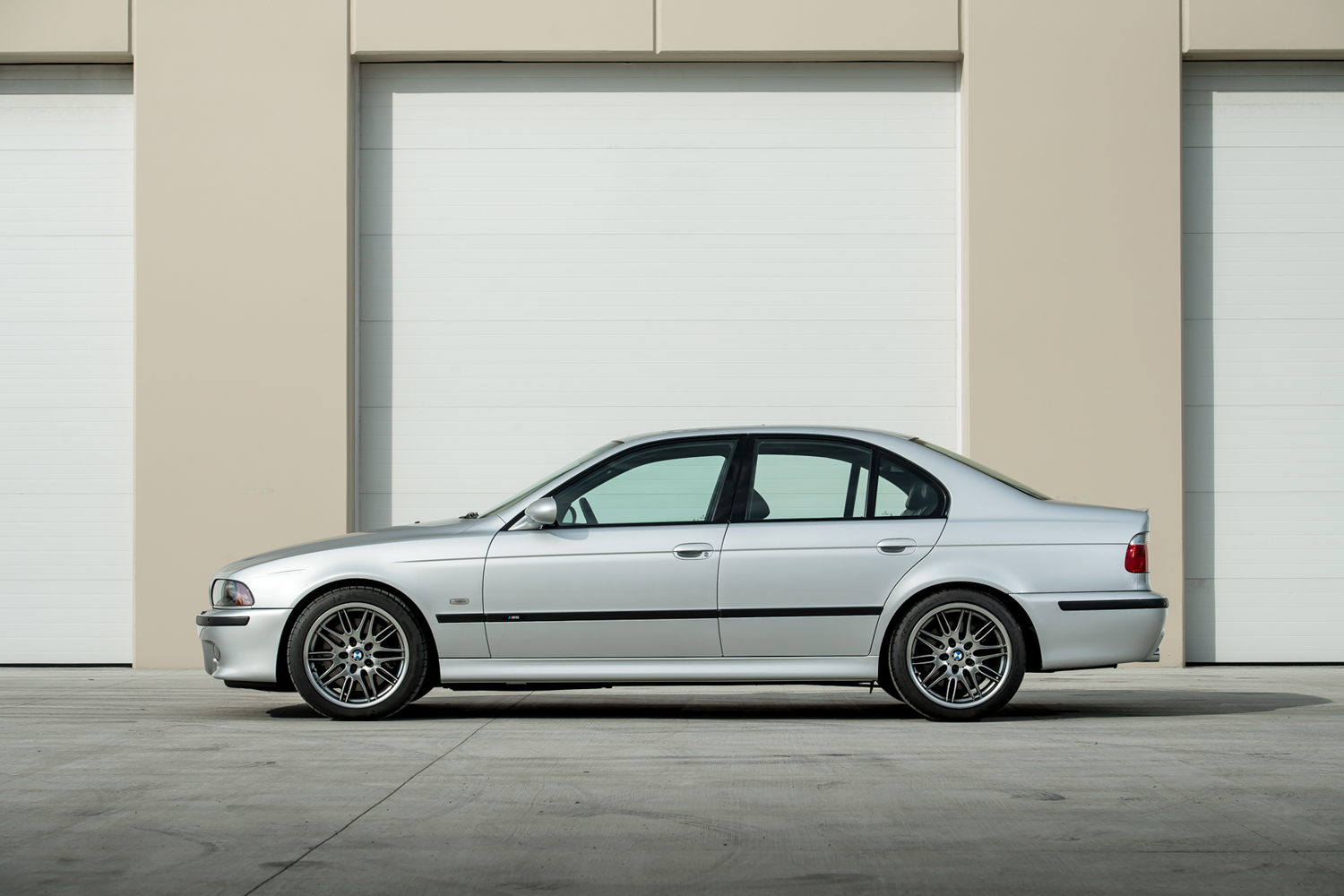
M5 prices are way up in the last two and a half years. Looking at the 2001 M5, concours-quality (#1-condition) examples started to climb considerably in September 2016 (to $42,500 on average), before skyrocketing from $45,000 in January 2017 to just under $70,000 in May 2018. Excellent (#2-condition) examples follow the same essential growth pattern, and current examples in that condition are commanding $47,500 on average. In general, the 2003 BMW M5 is most desirable in part because it has the lowest production and the benefit of every factory improvement made over time.
A few high-profile sales have been getting the M5 a lot more attention, including a 27,000-mile Dinan-tuned 2001 M5 that went for $72,000 just earlier this month on Bring a Trailer. But the real headline-grabber was this ultra-low-mile 2002 example in museum-grade condition that sold for an absurd $176,000 at Gooding & Company’s Pebble Beach auction in August. No doubt that sale is encouraging more owners to bring their E39 M5s to market.
Our data also shows a huge increase in buzz around the M5 in the last year, including a 51-percent increase in insurance quotes from 2017 to 2018. On top of that, the M5 is attracting more attention across a range of demographics, meaning this is not just a Millenial or Gen-X phenomenon. And as more cars likely hit the market next year, serving an increasingly interested pool of shoppers, we expect prices to continue their upward march.
Like a Bavarian pretzel, get ‘em while they’re hot.
